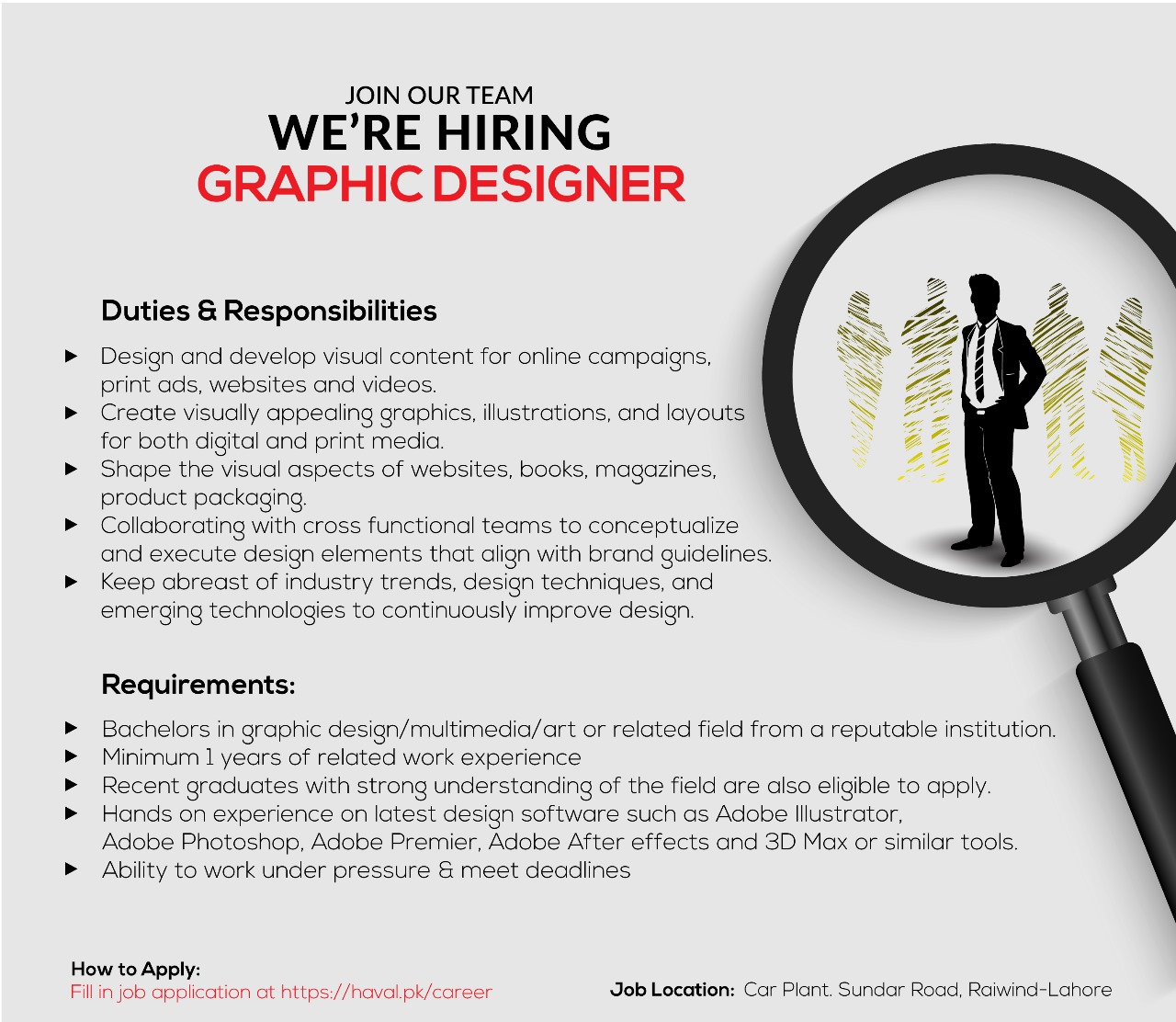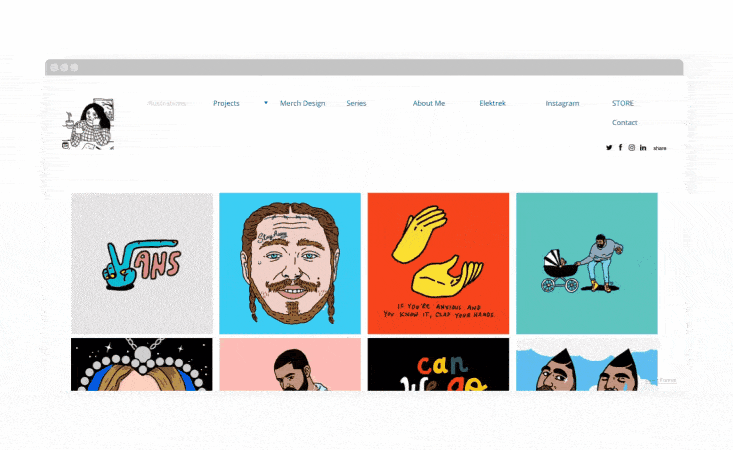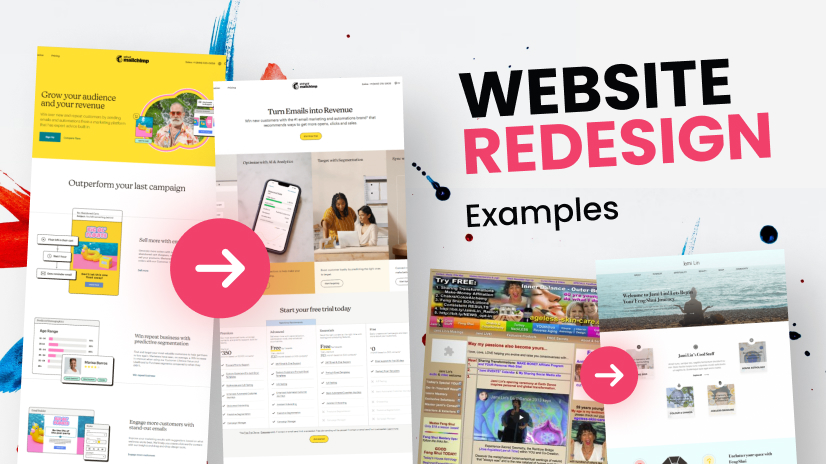
The Hard Truth About Design Hiring
Let's face reality: 80-90% of designers don't make it past the CV stage or fail during interviews. While this might sound harsh, understanding why this happens is the first step to improving your chances.
Why Listen to a Non-Designer?
You might be thinking, "What does a non-designer know about this?" Fair question. After years in the tech industry working alongside countless designers, I've observed firsthand what makes successful designers stand out in the hiring process.
The 80/20 Rule of Design Job Success
While many designers obsess over interview questions and company research, here's what really matters:
- 80% of your success comes from your portfolio and case study presentation.
- 20% comes from everything else (Want to learn more about the 80/20 principle? Check out my related post here.
Creating a Portfolio that anyone wants to hire you
1. Find Your Niche
- Choose a specific focus (branding, web design, publishing, etc.).
- Master and showcase one specialization.
- You can be flexible, but lead with your expertise.

2. Lead with Impact
- Showcase final products immediately.
- Create a visually cohesive grid or slideshow.
- Demonstrate your eye for design through careful curation.

3. Tell Your Story (See detail in the case study part)
Frame each project using the 3W1H framework:
- Who: Define the target users.
- What: Describe the deliverables.
- Why: Explain your design decisions.
- How: Detail your problem-solving process.
Or even simpler by using the golden circle like Simon Sinek:

4. No Clients? No Problem!
Build your portfolio through:
- Work for free.
- Personal projects.
- AI-generated design briefs.
- Redesign challenges of existing brands.

Pro Tips:
- Utilize platforms like Behance or Dribbble.
- Study successful designers' portfolios.
- Watch portfolio reviews (Check out Flux Academy's "Reacting Design Portfolios" videos on Youtube).
Mastering the Case Study Presentation
Essential Structure:
- Introduction
- Project overview.
- Timeline.
- Your role.
- Tools used.
- Problem Framing
- Challenge identification.
- Goals and objectives.
- Proposed solution.
- Process Documentation
- Show your work (sketches, wireframes, user flows).
- Share your inspiration.
- Discuss challenges and learnings.
- Results Showcase
- Final designs.
- Mockups.
- Prototypes.
- Implementation examples.
Improving Your Writing
Remember: Design is communication through speaking or writing. Even if you do not consider yourself a good writer, part of your job is doing it. Enhance your writing skills with resources like:
- "Writing for Designers" by Scott Kubie.
- "Writing and Research for Graphic Designers" by Steven Heller.
Why Case Studies Matter to Employers
They reveal:
- Communication and presentation abilities.
- Design process compatibility.
- Problem-solving approach.
- Cultural fit potential.
Bonus: Check out one of my favorite designer's portfolios here. Click on each project to see her case study.
The Long Game Worth Playing
Look, I get it - putting together an amazing portfolio and detailed case studies takes time and energy. It might feel like a lot of work right now, but think of it as building your career launchpad. Every hour you spend polishing your portfolio today sets you up for better opportunities tomorrow.
Think about it this way: once you've built a solid portfolio, it becomes your silent advocate, working 24/7 to showcase your talents. And the best part? You can always build on it as you grow. So take that first step - your future self will thank you, and maybe thank me, too!